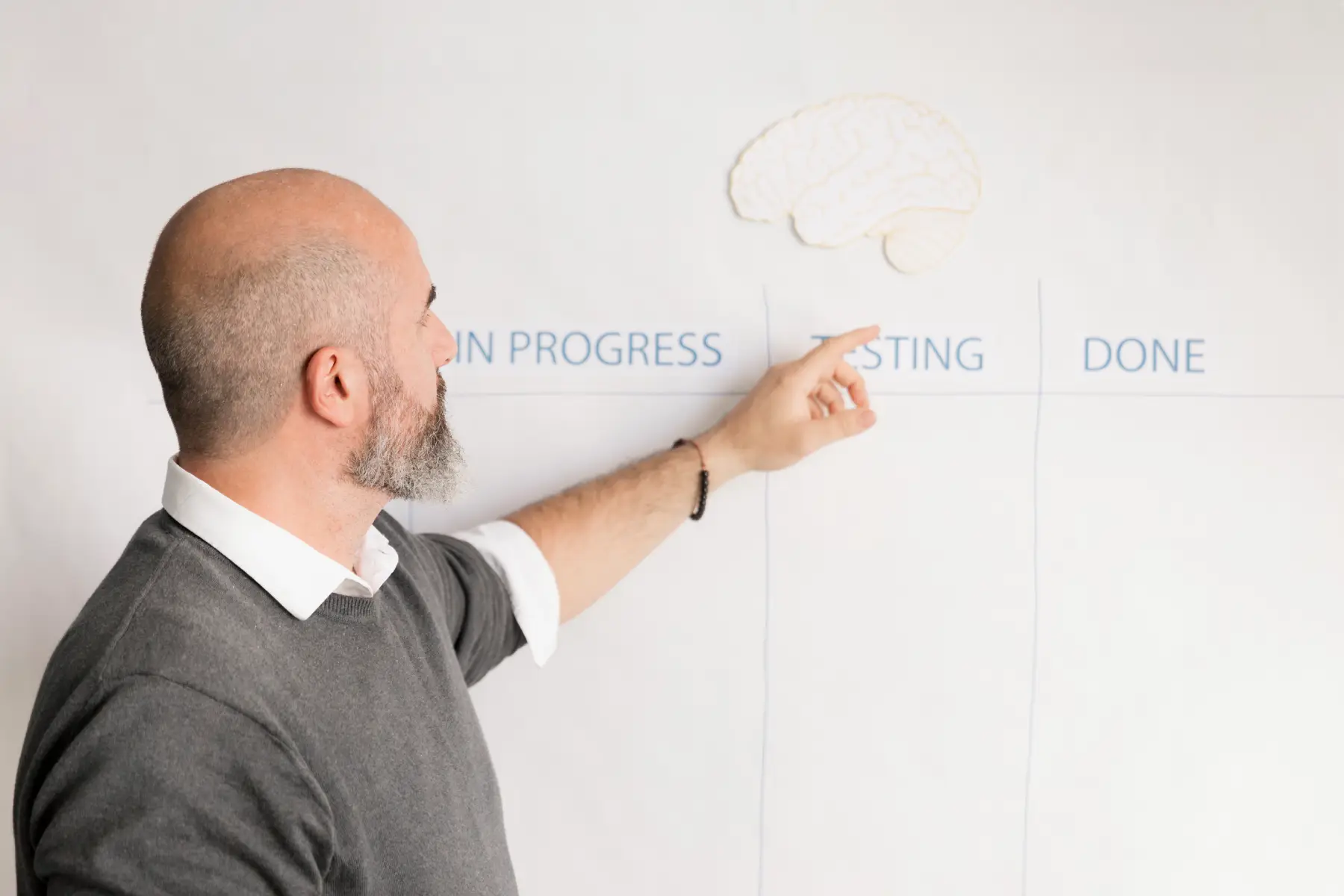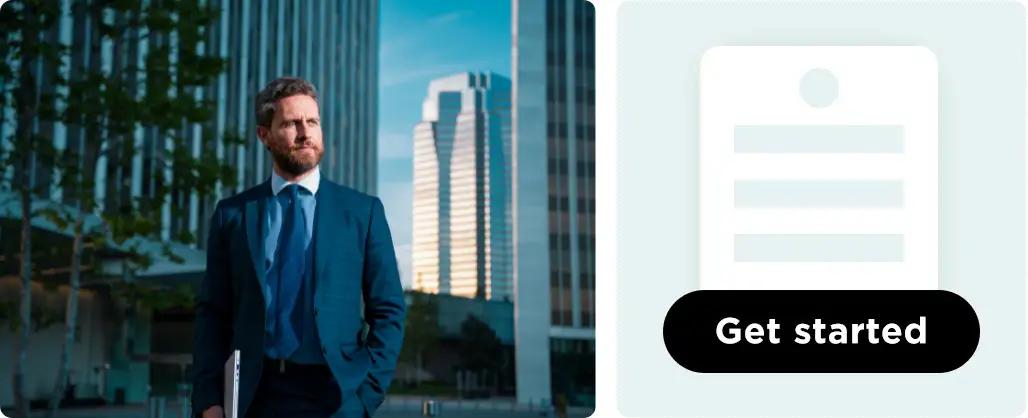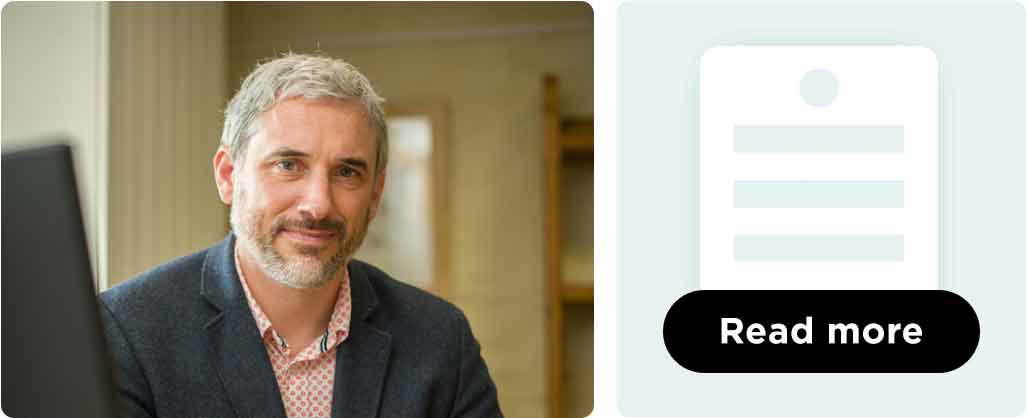A Whitepaper for UK Business Professionals
Executive Summary
The speed and complexity of today’s business landscape demand that leaders and professionals demonstrate consistently high-level decision making and critical thinking skills. As UK organisations face digital disruption, hybrid work, economic uncertainty, and rapid change, the ability to make sound decisions and think critically is not simply a management asset but a foundational competency. This whitepaper provides a comprehensive, evidence-based guide to enhancing decision making and critical thinking in the evolving world of work, blending academic research, practical frameworks, and UK resources.
SEO focus: decision making, critical thinking, dynamic work environments, UK business leadership, workplace problem solving, cognitive bias, agile decision making, workplace resilience, strategic thinking, UK professional development.
Table of Contents
- Introduction: The Need for Critical Thinking and Effective Decision Making
- Understanding Dynamic Work Environments
- The Cognitive Foundations: What Is Critical Thinking?
- Decision Making in a Complex World: Models and Pitfalls
- Common Barriers: Biases, Bottlenecks, and Distractions
- Enhancing Critical Thinking: Skills and Practical Tools
- Best Practice Frameworks for Decision Making
- Building a Culture of Critical Thinking in the Workplace
- The Role of Technology and Data in Decision Making
- Real-World Case Studies: UK Organisations in Focus
- Measuring and Developing Decision Making Capabilities
- Further Resources and Professional Development
- Conclusion: Towards Better Decisions and Stronger Teams
Introduction: The Need for Critical Thinking and Effective Decision Making
In a rapidly evolving business landscape, the ability to think critically and make robust decisions has become a non-negotiable requirement for UK professionals at every level. According to the Chartered Management Institute, organisations that embed critical thinking into their culture are better equipped to navigate uncertainty, capitalise on change, and foster a high-performance mindset.
Shifting customer expectations, digital transformation, new business models, and global competition all require not just fast but smart decision making. Yet, surveys by CIPD show a significant skills gap: only 1 in 4 employees believe decision making is consistently strong within their organisations. This gap is both a risk and an opportunity for those willing to invest in elevating their approach.
Understanding Dynamic Work Environments
What Makes Work Environments Dynamic?
Dynamic work environments are characterised by:
- Ongoing change (technological, regulatory, social)
- Ambiguous or rapidly shifting objectives
- High interdependence among teams and disciplines
- Hybrid and distributed working arrangements
- Shortened feedback cycles and demand for fast iteration
Impact: Decisions must often be made with incomplete information, requiring adaptability, flexibility, and strong reasoning skills.
For a current review, see CIPD’s Flexible Working Insights.
The Cognitive Foundations: What Is Critical Thinking?
Critical thinking is the disciplined process of actively analysing, synthesising, and evaluating information to guide belief or action. Key components include:
- Analysis: Breaking complex issues into manageable parts
- Interpretation: Assessing and clarifying information
- Inference: Drawing logical conclusions from available evidence
- Explanation: Articulating reasoning clearly and persuasively
- Self-Regulation: Questioning one’s own assumptions and adjusting perspectives
In practice, critical thinkers in business:
- Challenge status quo assumptions
- Seek clarity before acting
- Weigh risks and consequences
- Remain open to alternate viewpoints
- Spot and mitigate their own biases
For further reading, MindTools: What is Critical Thinking?.
Decision Making in a Complex World: Models and Pitfalls
Classic Decision-Making Models
- Rational/Analytical Model:
- Define problem > Gather data > Generate options > Evaluate > Decide > Implement > Review
- Works best with stable information and clear outcomes
- Intuitive Model:
- Drawing on experience and pattern recognition for rapid choices
- Useful in time-pressured situations, but risky if dominated by bias
- Recognition-Primed Decision (RPD) Model:
- Integrates analysis and intuition, especially effective for experts in dynamic environments
- Participative/Collaborative Model:
- Involves wider consultation, gaining diverse perspectives for complex, ambiguous challenges
Pitfalls in Practice
Dynamic environments exaggerate these pitfalls:
- Analysis paralysis: Overthinking, leading to missed opportunities
- Groupthink: Suppressing dissent, leading to poor collective choices
- Overconfidence: Ignoring limitations or risks
- Haste: Making premature decisions without proper scrutiny
For leadership resources, see Institute of Leadership & Management: Effective Decision Making.
Common Barriers: Biases, Bottlenecks, and Distractions
Cognitive biases are natural mental shortcuts, but in dynamic workplaces they can derail good decision making:
- Confirmation Bias: Seeking information that confirms pre-existing beliefs
- Anchoring: Over-relying on the first piece of information encountered
- Availability Bias: Judging likelihood based on what comes easily to mind
- Status Quo Bias: Preferring options that maintain current conditions
Other modern pressures include:
- Information overload: Difficulty filtering noise from useful signals
- Multitasking and distractions: Reduced focus diminishes quality of thought
- Decision fatigue: Mental exhaustion leading to poorer choices
For an accessible summary of workplace biases, see NHS: Understanding Bias.
Enhancing Critical Thinking: Skills and Practical Tools
Core Critical Thinking Skills
- Active Listening: Fully concentrate on, understand, and question information from others
- Effective Questioning: Ask probing, clarifying questions to avoid assumptions
- Logic Mapping: Using diagrams (e.g. flowcharts or mind maps) to link facts and ideas
- Reflective Practice: Regular self-evaluation to learn from mistakes
Practical Tools
- The Five Whys: Repeatedly ask “why” to uncover root causes
- SWOT Analysis: Systematic review of strengths, weaknesses, opportunities, threats
- PMI (Plus, Minus, Interesting): Evaluate decisions from multiple angles
- Red Teaming: Assigning team members to rigorously critique proposals
MindTools’ Critical Thinking Toolkit offers further templates and guidance.
Best Practice Frameworks for Decision Making
OODA Loop
Observe → Orient → Decide → Act
Developed for military and aviation, the OODA Loop is now popular in business for making rapid decisions in fluid environments.
Cynefin Framework
Helps separate decisions into simple, complicated, complex, and chaotic:
- Simple: Best practice
- Complicated: Requires expert diagnosis
- Complex: Probe, sense, then respond (trial and error)
- Chaotic: Act to establish order, then sense
Cognitive Edge Cynefin Framework explains real-world business applications.
VUCA Model
Addresses environments characterised by Volatility, Uncertainty, Complexity, Ambiguity. Calls for flexible, collaborative, and learning-oriented decision behaviours.
Decision Matrix Analysis
Helps teams compare multiple options against weighted criteria—especially useful for strategic choices.
Building a Culture of Critical Thinking in the Workplace
Leadership’s Role
- Model inquiry: Demonstrate openness, ask questions, challenge your own thinking publicly
- Reward critical thinking: Recognise team members who surface risks, challenge assumptions, or offer unique insights
- Empower diverse voices: Psychological safety is essential for raising inconvenient truths (Harvard Business Review – Psychological Safety)
Organisational Practices
- Embed critical thinking in team meetings and project reviews
- Provide training, workshops, and access to thought leadership
- Use post-project retrospectives to review not just outcomes but thinking processes
See CIPD: Building a Learning Culture for additional strategies.
The Role of Technology and Data in Decision Making
Data-Driven Decisions
- Pros: Analytics and visualisation tools (e.g., Power BI, Tableau) provide powerful insights, revealing patterns humans might miss
- Cons: Risk of “analysis paralysis” or overreliance on the data to the exclusion of intuition/context
AI and Automation
- Automating low-complexity, high-volume decisions frees human focus for critical thinking on big strategic questions
- Ethical and bias risks: AI may amplify existing organisational blind spots
Digital Collaboration Tools
- Facilitate real-time and asynchronous debate, increasing the quality and depth of analysis
- Remote teams in the UK increasingly use tools like Miro, Teams, and Slack to debate decisions
For UK guidance on digital business transformation, visit Tech Nation or GOV.UK Digital Economy.
Real-World Case Studies: UK Organisations in Focus
- NHS Trust COVID-19 Response
Faced with unprecedented resource shortages, decision-making teams used OODA and Cynefin frameworks in daily crisis meetings. Rapid iteration (“sense and respond”) outperformed top-down commands alone, saving lives and boosting team morale. - Barclays UK
A critical thinking initiative trained senior leaders in bias recognition, red-teaming, and structured debate. This improved the quality of financial risk decisions and reduced groupthink, contributing to stronger performance during economic turbulence. - Digital Marketing SME
Leveraged data analytics tools and weekly “decision sprints” involving multi-disciplinary teams. Combines data-driven decision matrices and open debate, allowing the company to outperform competitors during the pandemic by rapidly pivoting strategy.
Engage for Success offers further UK case studies on decision making and engagement.
Measuring and Developing Decision Making Capabilities
Capability Assessment
- 360-degree feedback: Soliciting input from peers, reports, and managers on decision quality
- Self-assessment checklists: Evaluating personal critical thinking and decision making strengths/gaps
- Scenario-based exercises: Embedding realistic simulations into leadership development programmes
Continuous Learning
- Leadership training focused on critical thinking (see CMI Courses)
- Peer coaching and reflective dialogue groups
- Investing in cognitive diversity and inclusion
Further Resources and Professional Development
- MindTools – Critical Thinking Resources
- CIPD – Problem Solving and Decision Making
- Institute of Leadership & Management: Decision Making
- Harvard Business Review: Decision Making
- FutureLearn: Critical Thinking Courses
- UK Civil Service – Decision Making Guidance
Recommended Reading:
- “Thinking, Fast and Slow” by Daniel Kahneman
- “Superforecasting” by Philip Tetlock
- “The Decision Book” by Mikael Krogerus & Roman Tschäppeler
Conclusion: Towards Better Decisions and Stronger Teams
In dynamic and uncertain work environments, strong decision making and critical thinking are essential for sustainable business success. UK organisations committed to building these capabilities equip their teams to navigate ambiguity, drive innovation, and outperform the competition.
By applying the frameworks, tools, and strategies outlined in this whitepaper, business professionals can overcome bias, make smarter decisions, and contribute to a learning culture. Continuous investment in these skills is not only a source of competitive advantage—but a driver of personal and collective resilience.








